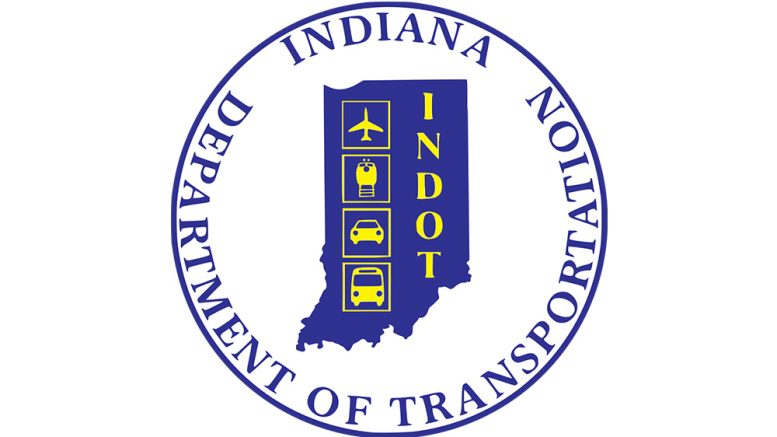On Thursday morning, Indiana Department of Transportation (INDOT) Commissioner Mike Smith shared testimony on railroad crossing safety before the U.S. House of Representatives Subcommittee on Railroads, Pipelines, and Hazardous Materials in Washington, D.C.
The Commissioner’s remarks outlined the State of Indiana’s challenges, opportunities, and success in improving crossing safety.
“With the nation’s largest rail hub (Chicago) in very close proximity, Indiana has more than 7,500 highway-grade rail crossings,” Smith said. “That puts us at fifth highest in the nation, and that comes with unique challenges, but also opportunity.”
In 2018, Governor Eric Holcomb and INDOT awarded 12 Local Trax Rail Overpass Program grants to cities, towns and counties for grade separation, crossing closure and other safety enhancement projects at highway-rail intersections on local roads. Funding for the program, totaling more than $125 million, was provided through House Enrolled Act 1002, enacted in July 2017. Eleven Local Trax projects will be under construction by the end of 2025.
Indiana has also seen exponential growth in use of Section 130 Rail-Highway Crossing Program funds. The state typically receives approximately $8 million through the federal program to improve safety at rail crossings. Through these funds, Indiana is on track to improve 85 of its 100 highest-risk crossings on state and local roadways over the next five years.
“Even as we gain momentum, Indiana still finds itself among the highest incidences of rail crossing collisions, injuries and fatalities,” Smith said. “As of November, there were 78 collisions at public highway-railroad crossings in 2023, resulting in 12 fatalities and 20 injuries. These numbers make it clear that the job is not finished, and there is more work to be done.”
To improve safety and reduce incidents at highway-rail crossings, INDOT has developed a comprehensive Highway-Rail Grade Crossing Safety Action Plan. The plan is currently awaiting final approval from the Federal Rail Administration, but it outlines several strategies for the state going forward.
- Reduce number of public-grade crossings to eliminate interactions between trains and road users.
- Upgrade passive warnings to active, improving and maintaining existing devices.
- Engaging with local agencies on use of traffic signal preemption.
- Consider rail-grade crossing safety in all transportation projects.
- Work with law enforcement agencies to help prevent crashes at crossings.
- Inform and educate stakeholders on high-rail grade crossing topics.
“INDOT continues to engage with our state, federal and local partners on the safety of rail crossings in Indiana,” Smith said. “Support from federal grants and programs, the railroads and local agencies has been invaluable to our success up to this point.”
To view the full hearing on Oversight and Examination of Railroad Grade Crossing Elimination and Safety, including remarks from Commissioner Smith, click here.

